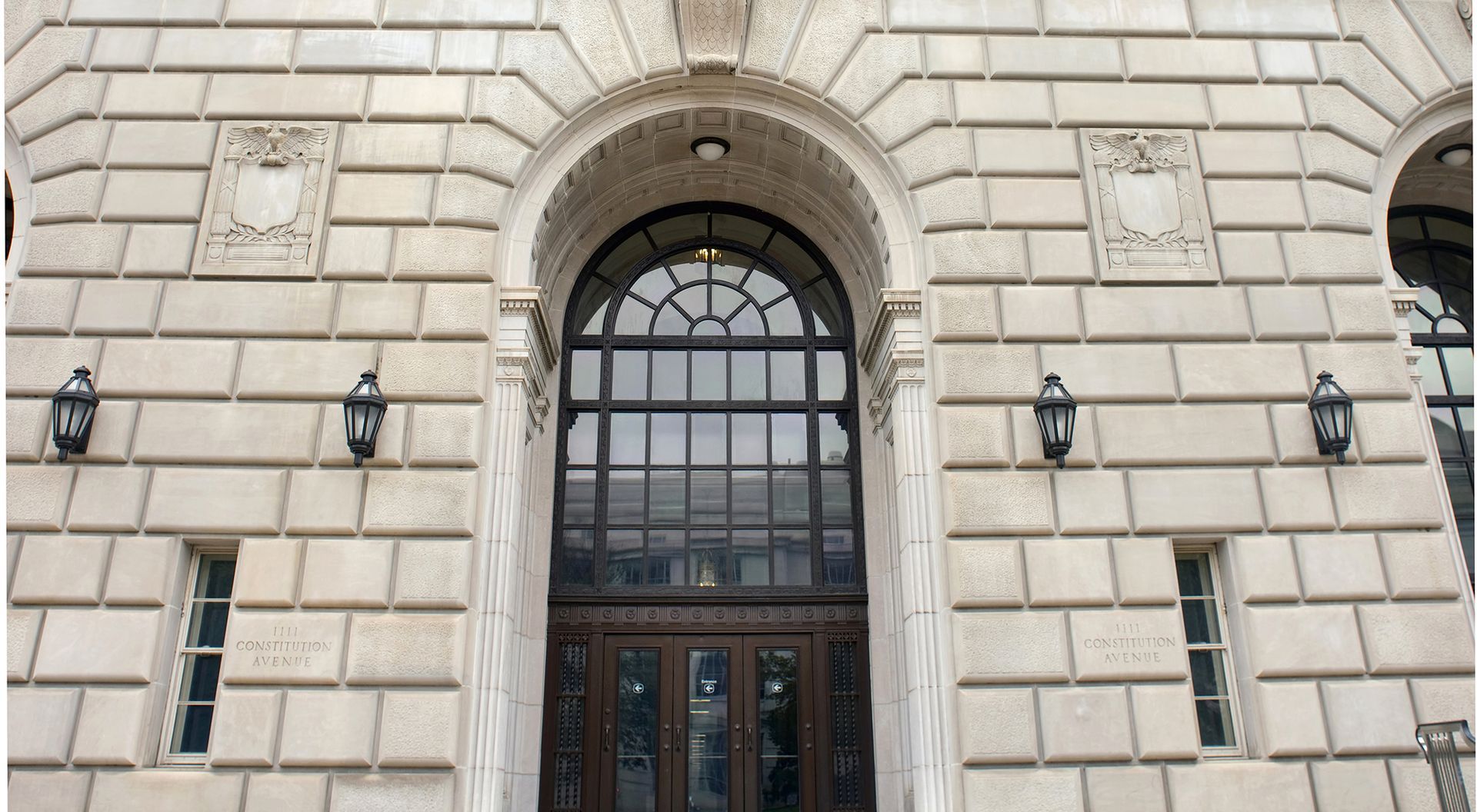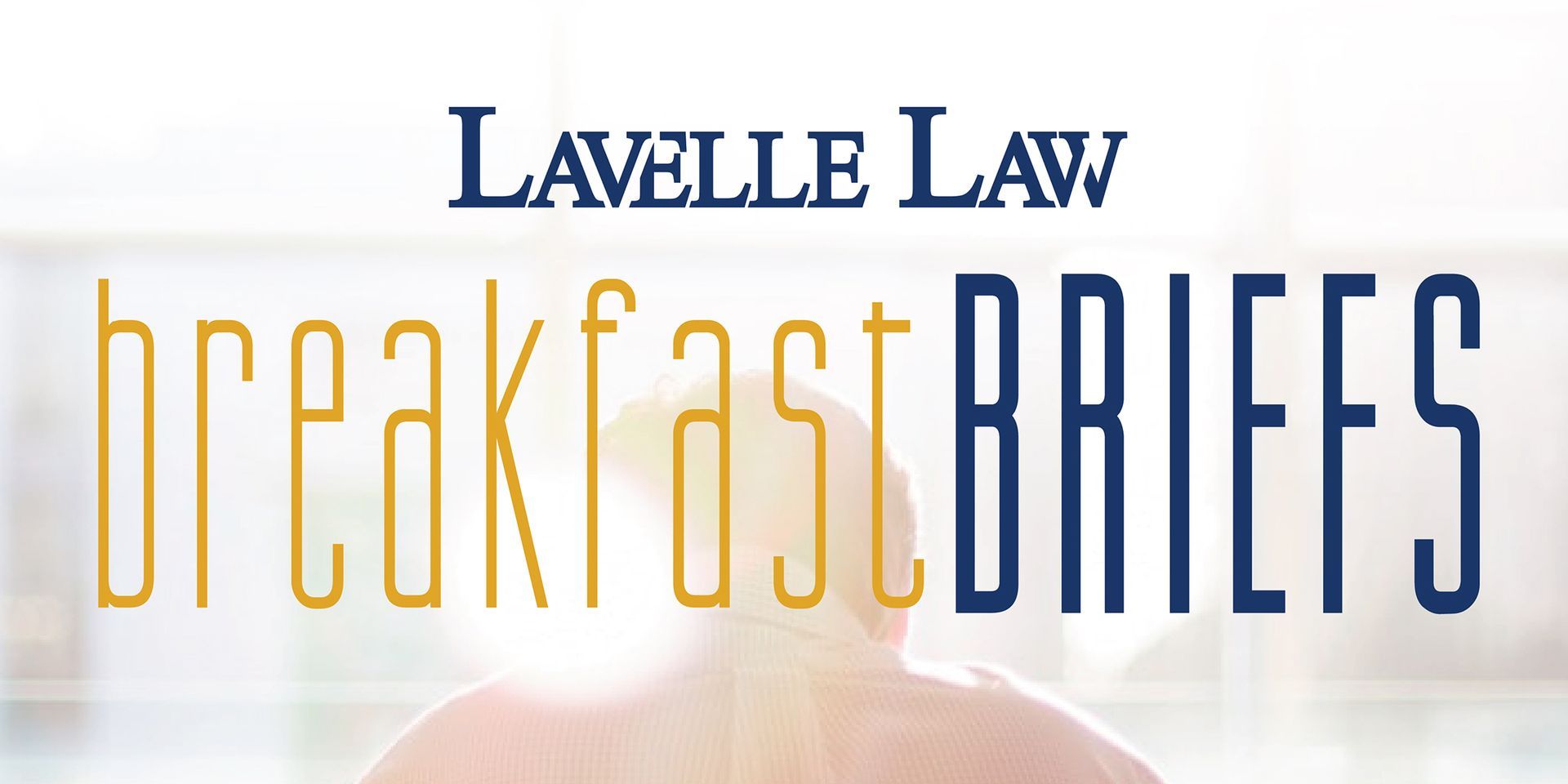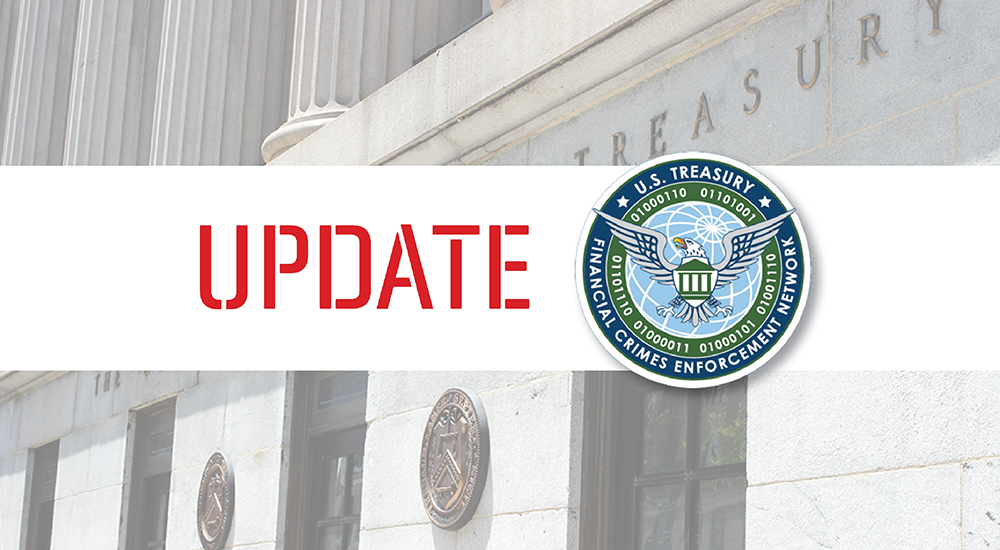Banking and Business Monthly – May 2022
The Adjustable Interest Rate (LIBOR) Act: The US Response to LIBOR’s Discontinuance

For many contracts throughout the United States and the world, the London Inter-Bank Offered Rate (“LIBOR”) served as the benchmark rate for short-term interest rates since it was first introduced in the 1970s. Yet in recent years, controversies and scandals surrounding the interest rate submissions of financial institutions that made up the British Banker’s Association (“BBA”) have led to the abandonment of LIBOR as a benchmark rate. As part of this transition, on March 15, 2022, President Biden signed into law the Consolidated Appropriations Act of 2022, which included the Adjustable Interest Rate (LIBOR) Act, H.R. 2471, Div. U (the “LIBOR Act”).
Among the LIBOR Act’s purposes is “to establish a clear and uniform process, on a nationwide basis, for replacing LIBOR in existing contracts the terms of which do not provide for the use of a clearly defined or practicable replacement benchmark rate, without affecting the ability of parties to use any appropriate benchmark rate in new contracts….” LIBOR Act §102(b). Doing so also accomplishes another stated purpose of avoiding litigation. Id.
The key provision in the LIBOR Act is Section 104(a), which provides that, on the LIBOR replacement date (generally the first London banking date after June 30, 2023, unless the Federal Reserve determines otherwise for any LIBOR tenor), LIBOR is to be replaced with an alternative benchmark rate to be set by the Federal Reserve and based on SOFR, the Secured Overnight Financing Rate published by the Federal Reserve Bank of New York, including a tenor spread adjustment, for any LIBOR contract that either contains no fallback provisions or contains fallback provisions that identify neither a specific benchmark replacement nor a determining person (after disregarding fallback provisions containing references to LIBOR or requiring any polling for quotes or information concerning interbank lending or deposit rates). Id. at §104(a).
In addition to codifying SOFR as the alternative benchmark rate at the federal level, the LIBOR Act creates a safe harbor to help protect lenders, trustees, and other persons involved in determining or calculating the benchmark replacement from related litigation. Id. at §105(a). The LIBOR Act also provides for uniformity and eliminates potential conflicts of laws through its two preemption provisions: (1) the preemption of other replacement benchmark legislation for the most common tenors (overnight, one-month, three-month, six-month, and twelve-month USD tenors); and (2) the preemption of state and local laws that limit the manner of calculating interest, including the compounding of interest, with respect to the replacement benchmark rate. Id. at §107(1)-(2).
A final noteworthy change brought about by the LIBOR Act is that it provides security to the holders of indentures. Prior to the LIBOR Act, courts treated any form of amendment of an indenture as violating the Trust Indenture Act of 1939 (“TIA”), which states that “the right of any holder of any indenture security to receive payment of the principal of and interest on such indenture security…shall not be impaired or affected without the consent of such holder.” 15 U.S.C. § 77ppp(b). Because of how difficult it is to amend indentures, there were some concerns that amending the terms of an indenture without the holder’s consent would not be possible, as such a change to the rates codified in an indenture would invalidate it. However, the LIBOR Act expressly amended the TIA by providing that “the right of any holder of any indenture security to receive payment of the principal of and interest on such indenture security shall not be deemed to be impaired or affected by any change occurring by the application of section 104 of the Adjustable Interest Rate (LIBOR) Act to any indenture security.” LIBOR Act § 108. This amendment ensures that the upcoming conversions for indentures will not be treated as violations of the TIA.
The LIBOR Act heralds the US’ abandonment of LIBOR in favor of a replacement benchmark rate based on SOFR, insulates lenders from related liability in making those changes, and creates a uniform means of transitioning to SOFR that trumps conflicting state laws. For further inquiries or questions, please contact me at smigala@lavellelaw.com or at (847) 705-7555.
More News & Resources
Lavelle Law News and Events












